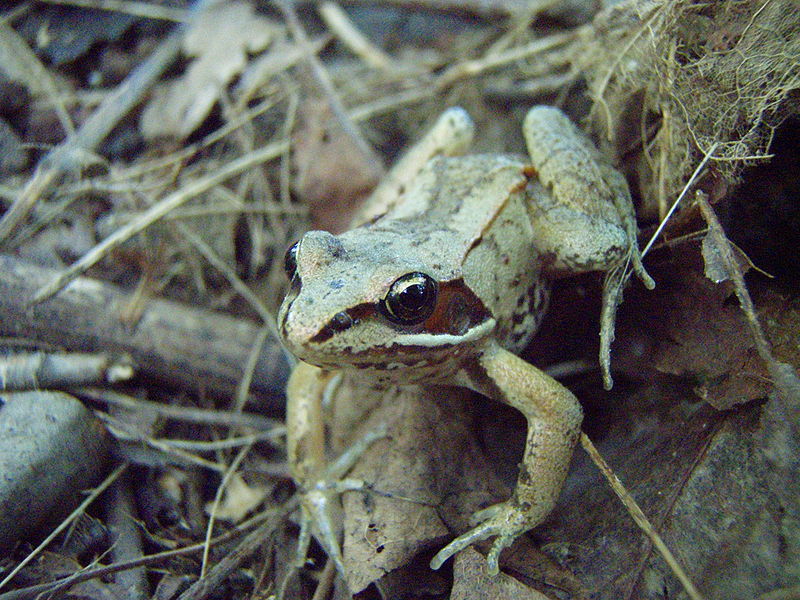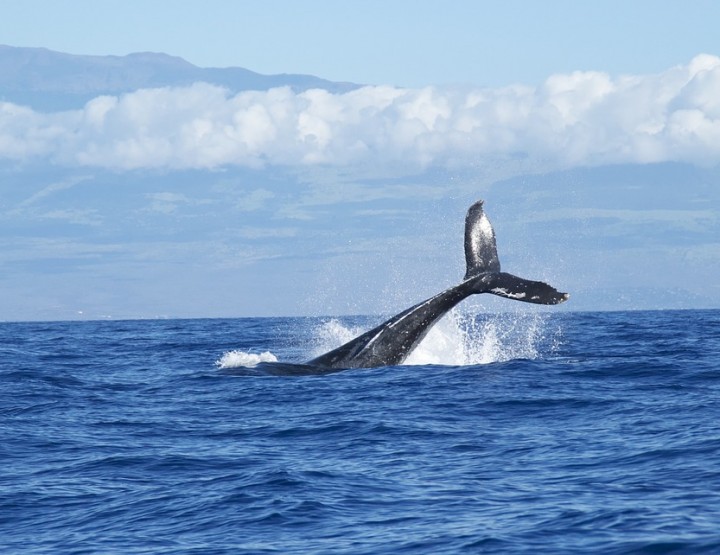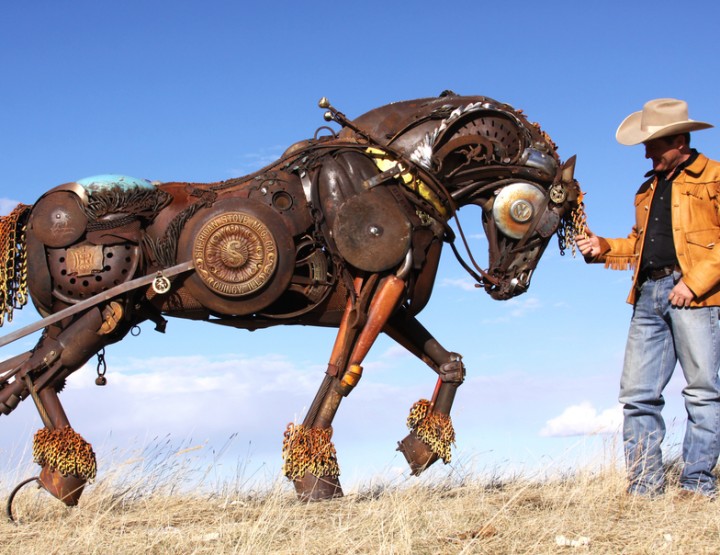
Spring is arriving. It’s true; winter has gone and nature is going to reawaken. Kids, the world is beautiful. But how do all the animals survive winter if they don’t have thick fur to keep them warm?
Many reptiles, amphibians and fish go into diapause. They bury themselves underneath leaves, crawl under stones or bury themselves in mud. Their body functions are lowered; blood is scarcely pumping through the cold body and they don’t get hungry.
After that they have to persevere and wait until lovely sun is coming back. If it’s too cold, even they will die of exposure. The cell water freezes, extends, assume a sharp form and destroys every cell.
Different wood frogs, which can be found in Alaska, have it better. They accumulate with glucose, which is natural antifreeze. Now, the frog can endure the coldness and even freeze. The glucose will protect it.
Because of natural antifreeze only the spaces between the cells will freeze and not the cells themselves. Glucose also has another side effect. It’s sweet! So, in case you’re somewhere in Alaska and find a wood frog sitting in the snow, you’ve found your frog ice cream ;).
Copyright and source: http://www.deutschlandfunk.de/eisfrosch-alaskas-zucker-zauberer.676.de.html?dram:article_id=276609 , http://de.wikipedia.org/wiki/Waldfrosch#Mechanismen_zur_Erh.C3.B6hung_der_K.C3.A4ltetoleranz




